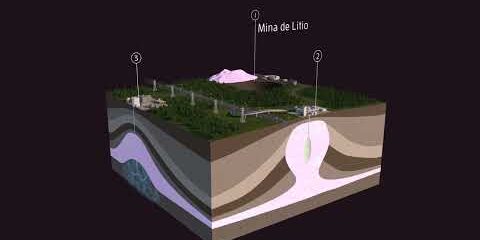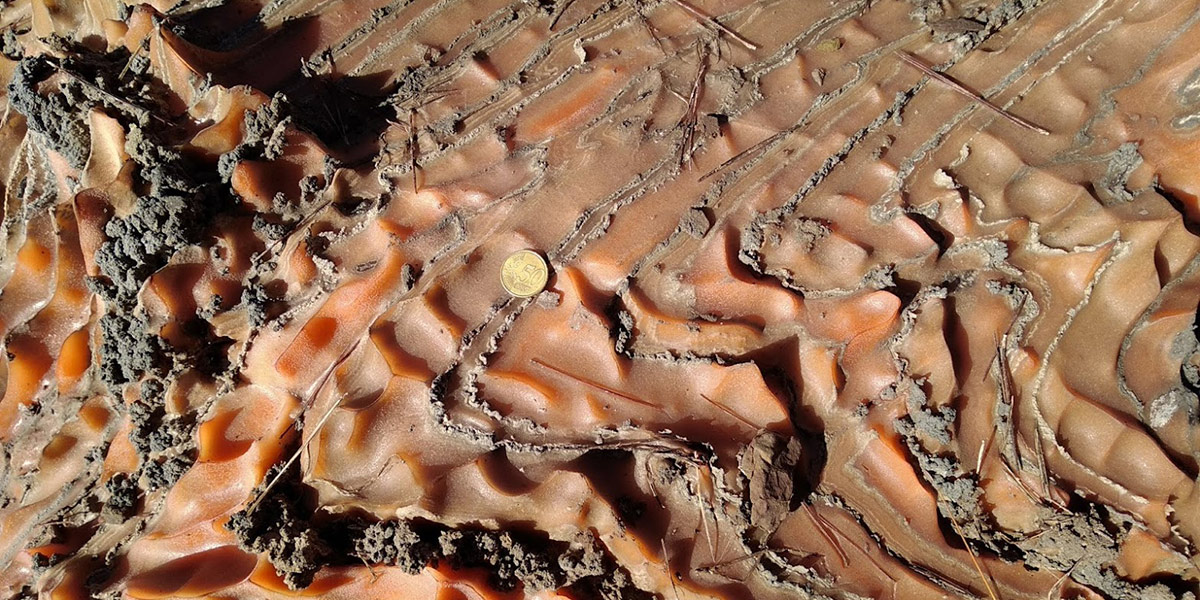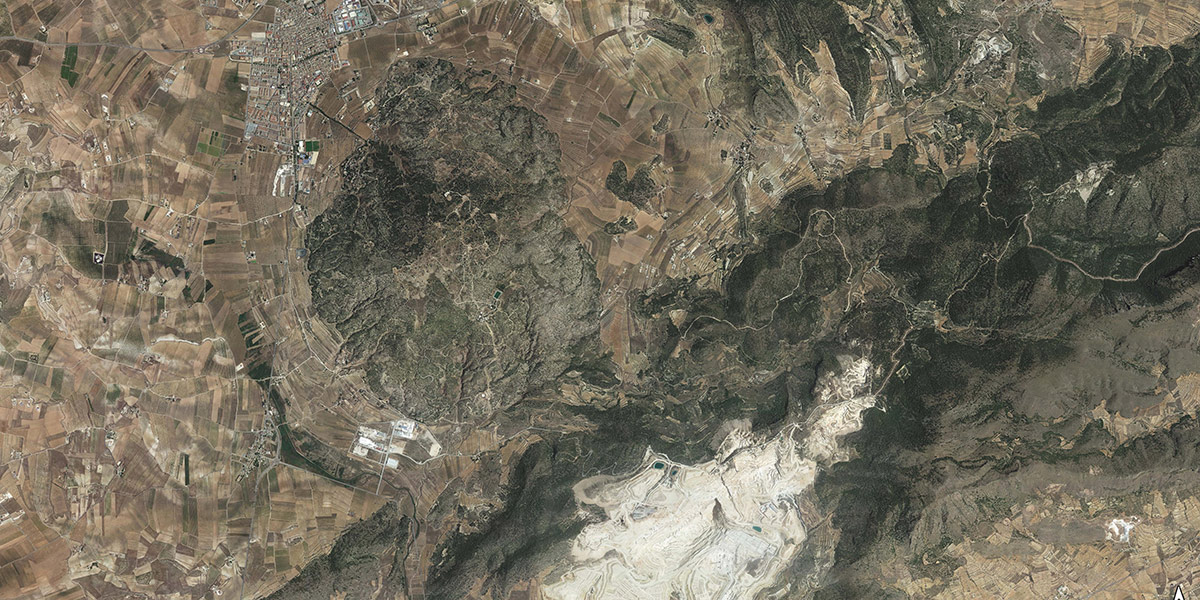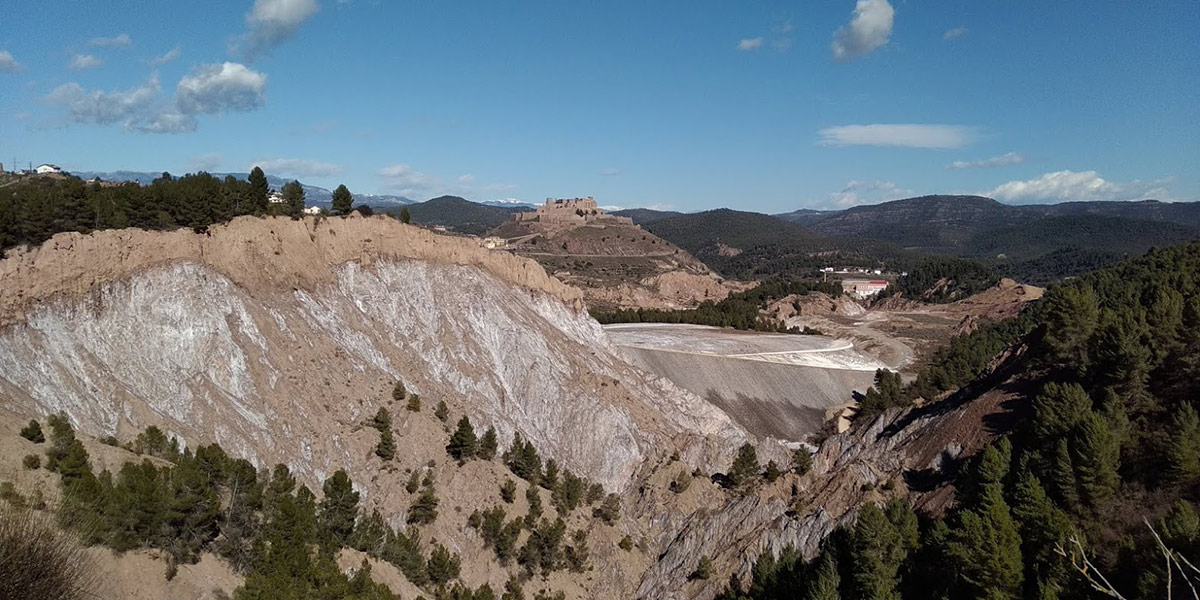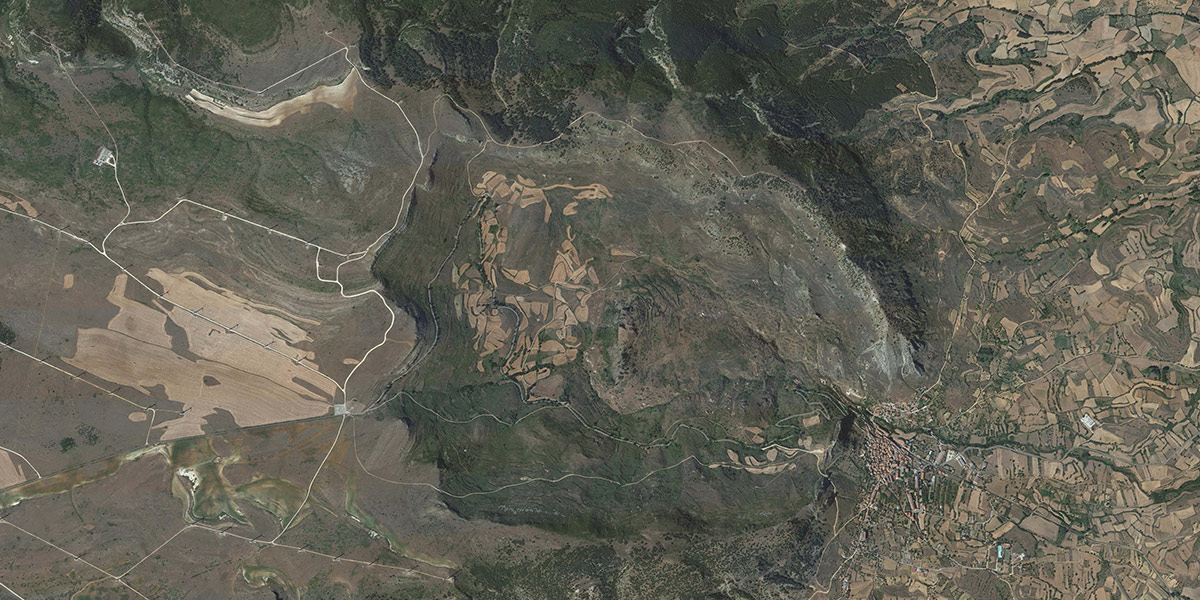About IESDB
The Iberian Evaporite Structure Database (IESDB) includes information about the stratigraphy, structure, event chronology, seismic and well data availability, and mining activity (historical and active) of outcropping and buried evaporite structures in Iberia, including a set of geological maps, sketches and cross-sections (8 figures for each indexed structure).
The database targets diapirs, undeformed evaporite successions, evaporite-cored anticlines, evaporite-detached thrusts and allochtonous evaporite bodies. It is sourced from six different databases and more than 1,500 published and unpublished research articles, books, conference abstracts and industry reports. The IESDB follows the FAIR principles of data management (Findable, Accessible, Interoperable, Reusable).
Find more about the indexing criterions, contents and database structure at the data description paper:
The IESDB in numbers
Search in the IESDB
Reference
If you find the IESDB Database usefull for your research or teaching purposes, please cite:
Data description paper: González-Esvertit, E., Alcalde, J., Gomez-Rivas, E., 2023. IESDB – the Iberian Evaporite Structure Database. Earth System Science Data 15, 3131–3145. https://doi.org/10.5194/essd-15-3131-2023
Dataset (version 1.0): González-Esvertit, E., Alcalde, J., Gomez-Rivas, E., 2022. IESDB-The Iberian Evaporite Structures DataBase. An interactive atlas of evaporite structures in Iberia. DIGITAL.CSIC Data Repository. https://doi.org/10.20350/digitalCSIC/14586
IESDB Team
Eloi González-Esvertit
PhD Student at the University of Barcelona
Department of Mineralogy, Petrology and Applied Geology
I completed my undergraduate in Geology in 2019 at the University of Barcelona (UB), where afterwards I carried out a MSc in Mineral Deposits and Geological Hazards (2019-2020). My work is focused at the intersection of structural geology and petrology, and in how the knowledge on these fields can be improved through novel techniques. I am also interested in geological data mining and database management for addressing those issues relevant to modern societal needs. My PhD addresses the origin and evolution of the large quartz veins that crop out in the Eastern Pyrenees.
Juan Alcalde
"Juan de la Cierva" Research Fellow at Geosciences Barcelona
Consejo Superior de Investigaciones Científicas
I am currently a Juan de la Cierva-Incorporación Research Fellow at Geociencias Barcelona, Geo3Bcn-CSIC since January 2020. I completed a PhD in Earth Sciences (2014) at the University of Barcelona. I have held since then postdoctoral positions at the University of Edinburgh and Aberdeen, as well as in my current institution. My research focuses on geophysics, subsurface geology, structural geology, tectonics and cognitive science. My work integrates geophysical and geological data to image and understand the architecture and evolution of subsurface structures, with particular focus on their use for geoenergy applications in the Energy Transition.
Enrique Gomez-Rivas
“Ramón y Cajal” Research Fellow at the University of Barcelona Department of Mineralogy, Petrology and Applied Geology
I am currently a Ramón y Cajal research fellow at the University of Barcelona. I graduated with a PhD in geology from the Autonomous University of Barcelona in 2008. After that I worked at the universities of Tübingen (Germany) and Aberdeen (United Kingdom) as researcher and lecturer, respectively. My research interests mainly focus on sedimentary geology, the formation of tectonic structures as well as on fluid-rock interactions, integrating field studies with numerical simulations.

